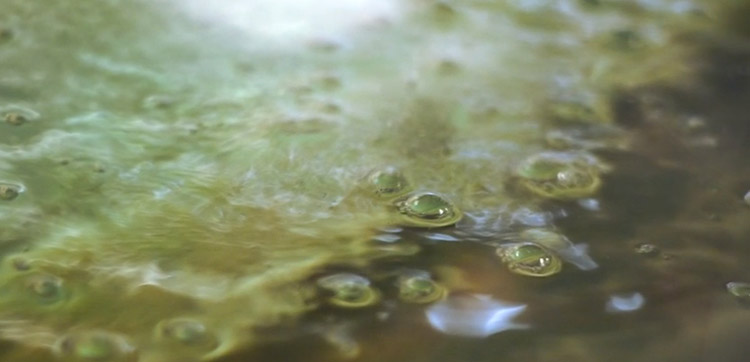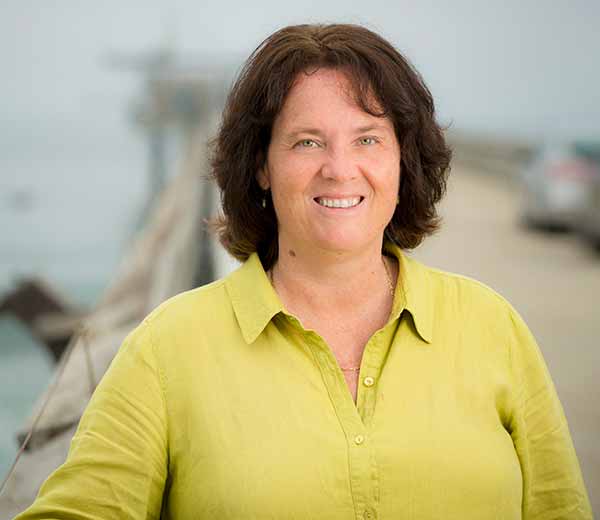
National Science Foundation Profiles Innovative Ocean Aerosol Program
Science Nation’ video explores the quest to understand the influence marine microbes have on climate
Published Date
By:
- Robert Monroe
Share This:
Article Content

The National Science Foundation (NSF) will profile the UC San Diego-based Center for Aerosol Impacts on Climate and the Environment (CAICE) in a new video.
The NSF magazine Science Nation will give viewers a behind-the-scenes look at one of CAICE’s recent groundbreaking experiments, a summer 2014 project at Scripps Institution of Oceanography, UC San Diego, that has advanced scientists’ understanding of how tiny bits of biological matter ejected from the ocean influence cloud formation, the atmosphere, and our climate.

UC San Diego Distinguished Chair in Atmospheric Chemistry Kimberly Prather
The summer experiment, called Investigation into Marine PArticle Chemistry and Transfer Science or IMPACTS, is one of several CAICE efforts that include not only research but classroom outreach aimed at encouraging K-12 students to pursue careers in science. CAICE, led by UC San Diego Distinguished Chair in Atmospheric Chemistry Kimberly Prather, is one of eight NSF Centers for Chemical Innovation. In September 2013, CAICE was the recipient of a five-year, $20 million grant from NSF for research on addressing the chemistry of atmospheric aerosol particles.
CAICE research such as the IMPACTS study could help establish a baseline of how the oceans influence climate, isolated from those induced by human activities.
Over the course of several weeks last summer, researchers from several academic centers around the country converged at the Hydraulics Laboratory at Scripps to replicate a natural ocean process. Inside a newly established ocean-atmosphere wave facility, CAICE scientists and students spiked seawater with nutrients to induce an indoor phytoplankton bloom. They then measured the climate properties of the particles ejected by the wave action inside the flume in an effort to observe how changes in ocean biology impact clouds and climate.
The phytoplankton grown by the scientists, diatoms, are common components of the ecosystems of surf zones where people swim and waves eject particles into the air. Throughout the bloom progression, the researchers were able to replicate biological interactions as they occur in nature and observe a complete microbial loop, the sequence through which organic carbon moves through food webs.
Bits and pieces of this biological mix become airborne as waves break and bubbles burst leading to the production of sea spray. These ocean-derived aerosols rise into the atmosphere with some becoming the scaffolding of clouds, each particle becoming the nucleus onto which water vapor clings and ice crystals form.
“Using this new ocean in the lab approach, we can measure all the parameters in the seawater and at the same time study the composition of particles that make it into the atmosphere over the course of a bloom,” Prather said.
The Science Nation video, narrated by PBS Newshour Science Correspondent Miles O’Brien, captured the experiment in process and includes interviews with Prather and CAICE co-director Vicki Grassian, a professor of chemistry at the University of Iowa. “Sea Spray: Complex chemistry with big effects on climate” is featured on the NSF’s Science 360° website.
“Ultimately, the team hopes data from their experiments will lead to the improved treatment of aerosol chemistry in computer climate models,” according to Science Nation.
Share This:
You May Also Like
Stay in the Know
Keep up with all the latest from UC San Diego. Subscribe to the newsletter today.


